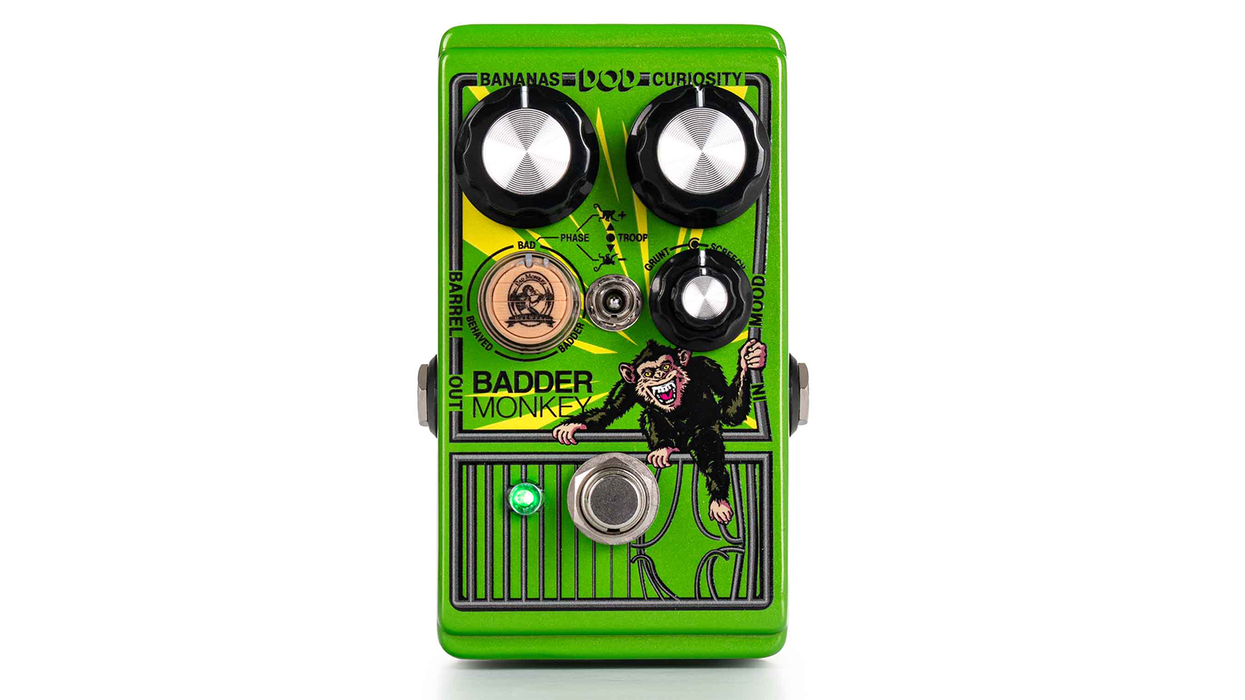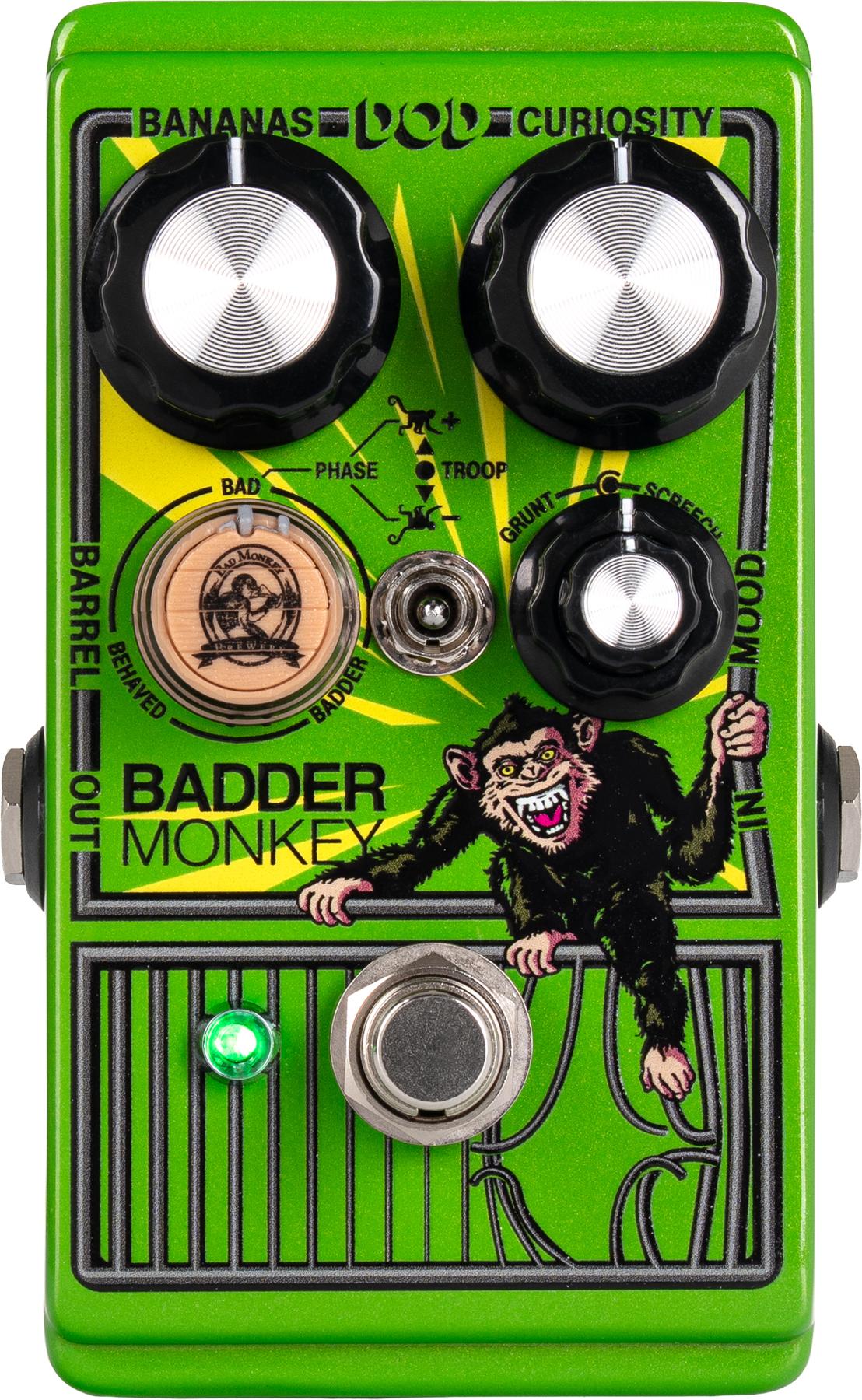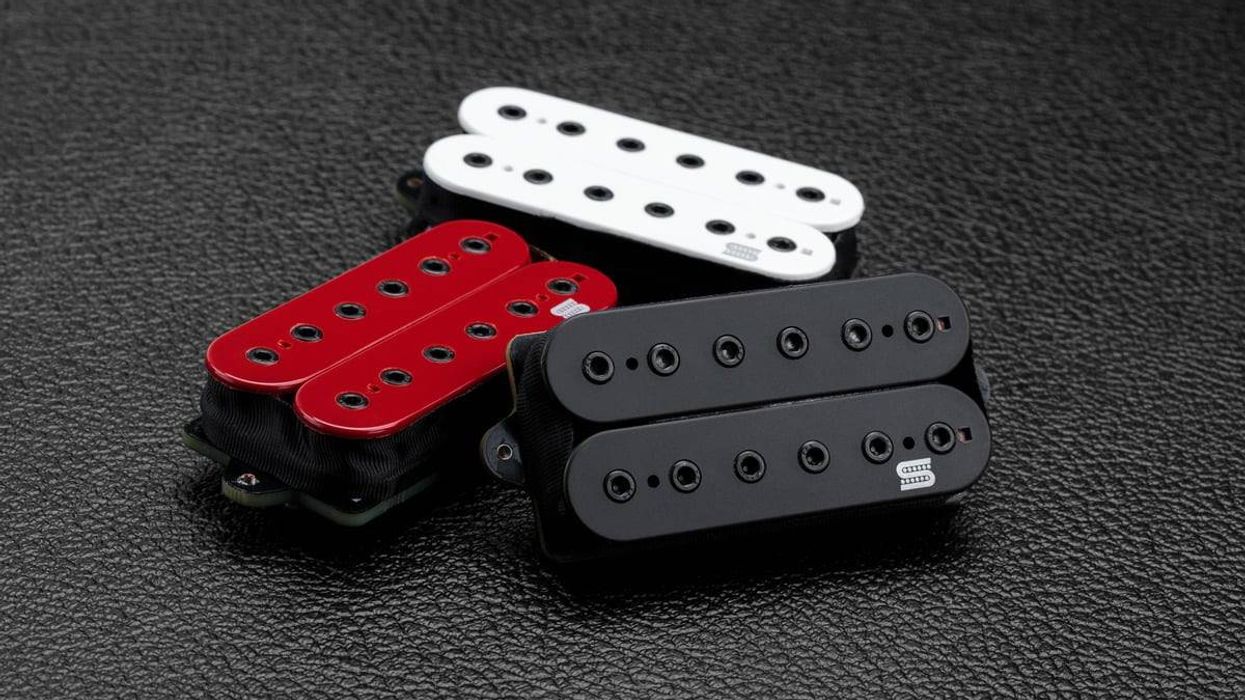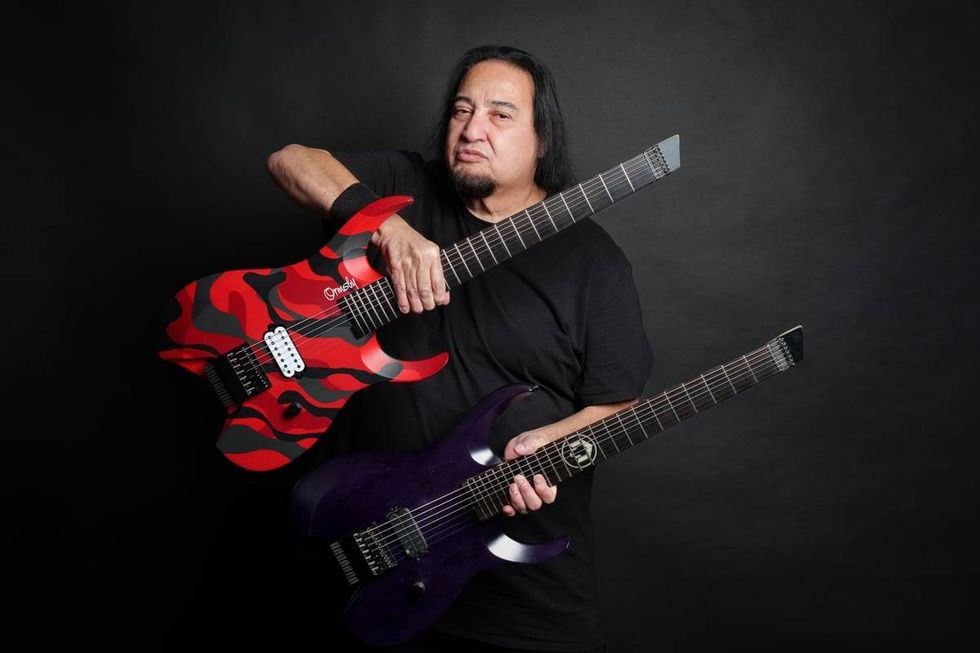While touring this year, we’ve paid extra close attention to our live acoustic guitar sounds. Sheryl Crow’s latest album, Detours, is heavily driven by acoustic guitar, so our hope has been to recreate that “in your face” acoustic sound during our concerts. In preparation for rehearsals, we researched various acoustic guitar pickup systems and outboard gear. Here is a look at what we’ve landed on and have been successfully using.
Guitars
We use Gibson acoustic guitars exclusively for touring, primarily the Sheryl Crow Signature Model, modeled after an old Gibson Country Western Sheryl owns. My bandmate, Tim Smith, plays a fifties J-45, a recent issue J- 180 12-string and a J-200.
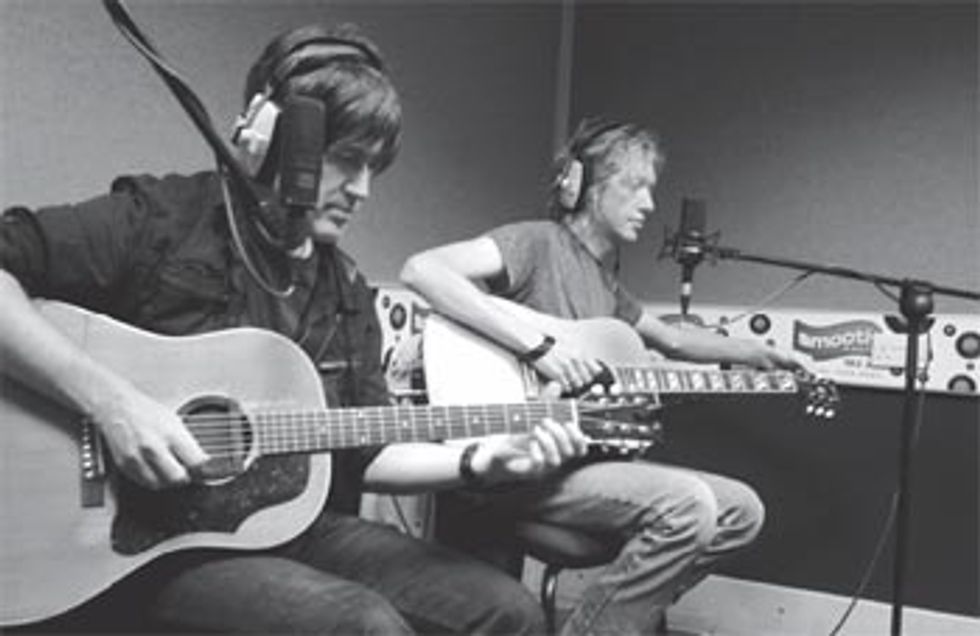 | |
|
Tim and Sheryl’s guitars incorporate the Fishman Matrix Infinity system. Their guitars have been customized as dual pickup systems, combining an undersaddle bridge transducer with the Fishman Rare Earth magnetic humbucking soundhole pickup. There are individual level controls for each pickup and EQ capability all housed and mounted under the upper lip of the soundhole, with mono output. The magnetic sound of the Rare Earth pickup blends well with the undersaddle transducer with few feedback issues. We’re also using Kaman Acoustic Feedback Busters to block soundholes when needed.
For my Sheryl Crow Signature, I’m using the K&K Sound PowerMix Pure System. It combines theair FanTaStick undersaddle pickup with the Pure Western bridgeplate transducing system, which consists of three contact transducers strategically glued in place inside the guitar under the bridge. Both the undersaddle transducer and contact pickups feed into their PowerMix Dual-Channel Preamp, allowing for Level and Treble-Mid-Bass EQ controls for each. The preamp circuit board mounts inside the soundhole and adjustments are made with a mini-screwdriver, although it’s designed to be set and left alone. I started with the factory settings and tweaked the EQ during rehearsals. Since then, the only adjustments I’ve had to mess with are the volume controls – two little wheels located inside the soundhole for both the undersaddle and contact pickup trio.
Both the Fishman and K&K Sound pickup systems are excellent and our guitars blend well together. Most acoustic guitarists playing live have noticed that undersaddle transducers can sometimes sound thin and weedy, requiring EQ to sound full and natural. We’ve tried using soundhole mics and digital acoustic guitar/ mic emulation systems designed to replicate a mic’ed acoustic sound. As a solo instrument they sound extremely rich and true, but in a full band at higher volumes they tend to become boomy and woofy, getting lost in the mix and plagued with feedback.
We found that the value of the undersaddle transducer is its brightness and immediate attack, which is needed to cut through the mix. In a studio mix where acoustic guitars are blended with electrics and lot of other instrumentation, the low-end is often dumped in favor of the upper mids and high-end jangle; the same goes for a live context. With both guitar systems we rely primarily on the undersaddle pickups and dial in the Fishman’s soundhole magnetic pickup or the K&K’s contact pickups to add body to the sound.
Outboard Gear
After auditioning a handful of acoustic guitar preamps, mic pres, DIs and compressors, Sheryl, Tim and I all settled on Chandler Limited LTD-1 Preamp/EQs feeding into the Purple Audio MC77 limiting amplifier. This chain essentially replicates the input chain used for recording the acoustics on the album – a vintage Neve 1073 mic pre into a UREI 1176 compressor. The EQ dialed in on the mic pre simply rolls off some low-end before hitting the compressor. We lightly compress the signal to make it feel and sound more natural. In large part, the overall tone generated by these two highend units is what works so well. This signal is fed to both our monitor engineer, Gino Salerno, and front of house, where the guitars can be compressed once again. Our house engineer, Sean “Sully” Sullivan, can heavily compress certain songs where the acoustic is prominent alongside electric guitars.
Stage Monitoring
The last piece of the puzzle – which makes all the difference – is having independent, onstage monitor amps for the acoustic guitars, so we don’t depend solely on the DI feed in our in-ear monitors. Tim and I are using the Fishman Loudbox Performer acoustic instrument amplifier. Additionally, we can send our acoustic signal to our guitar rigs to blend with the DI signal out front. Sheryl sends her acoustic guitar signal through both the DI and her 65Amps London guitar amp.
Granted, these acoustic guitar rigs are elaborate and expensive, making use of high-end studio outboard gear. If you can afford to throw down some cash, it’s a winner. If you can’t, look for similar, less expensive options. Hopefully our rig can serve as a model for anyone looking to improve their live acoustic guitar sound.
Peter Stroud
is co-founder of 65amps
www.sherylcrow.com
65amps.com






![Rig Rundown: Russian Circles’ Mike Sullivan [2025]](https://www.premierguitar.com/media-library/youtube.jpg?id=62303631&width=1245&height=700&quality=70&coordinates=0%2C0%2C0%2C0)













